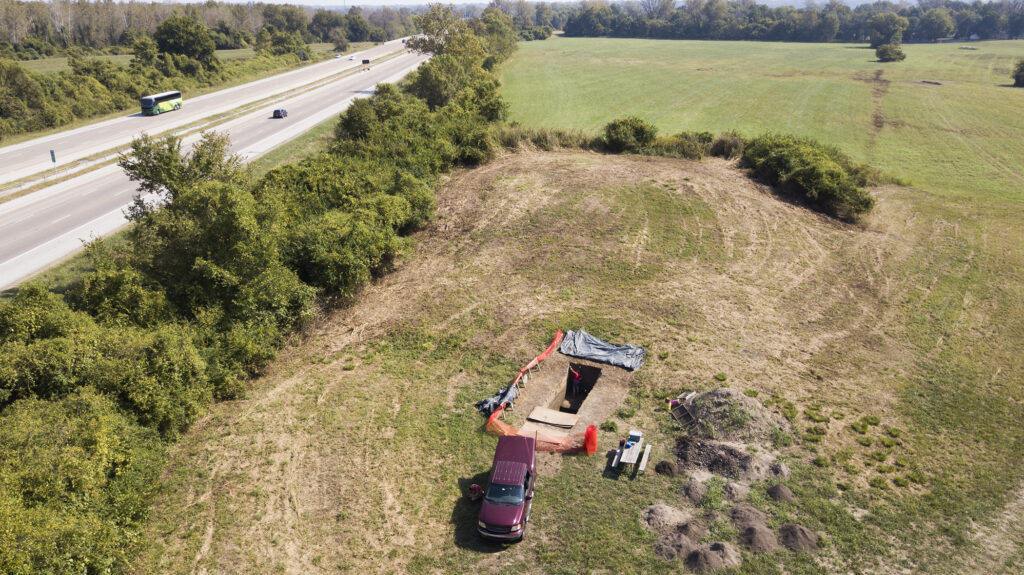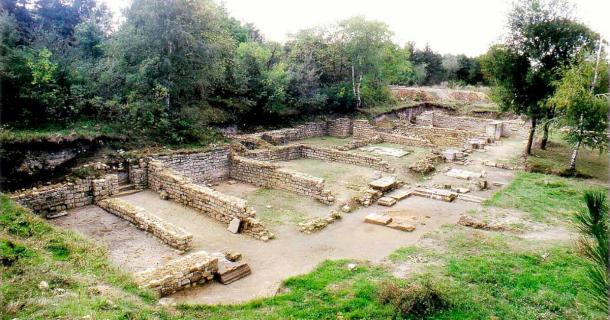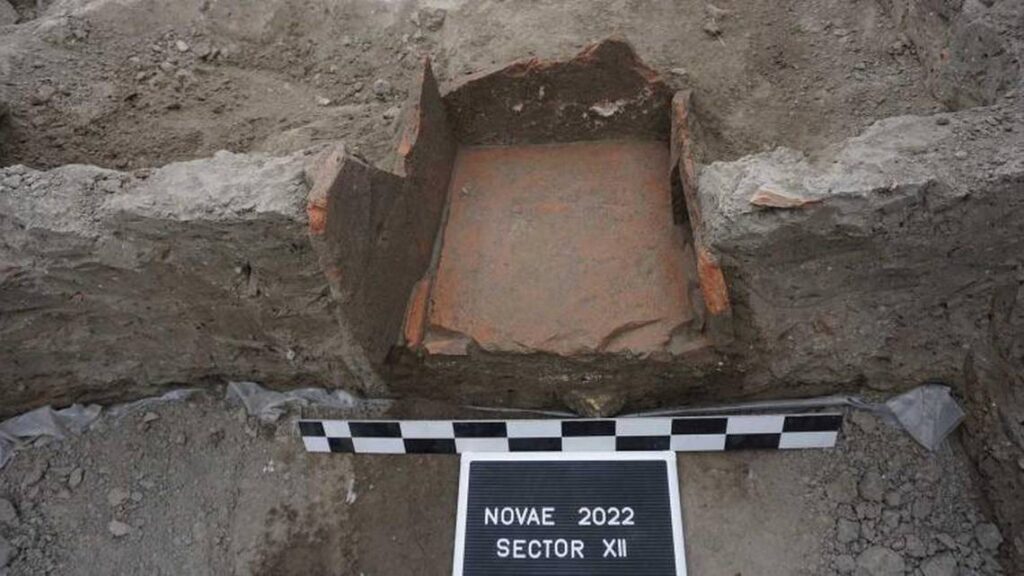One of the greatest modern archeological mysteries is why Cahokia was seemingly rapidly abandoned for inexplicable reasons. Everything from astrological signs to aliens and time travel, have been offered as possible answers. In this, we see our inability to be content with the unknown. However, this hunt for an explanation has been stunted once again, as one of the most plausible and formerly accepted theories, the “wood overuse” hypothesis, has recently received several massive blows to its validity (Ogilore 2021).
The “wood overuse hypothesis” explains that due to the rapid development of Cahokia and population growth large-scale consumption of surrounding forestry would leave Cahokia vulnerable to erosion. This would cause “increasingly frequent and unpredictable floods of the local creek drainages in the floodplain where Cahokia Mounds was constructed” (Sherwood 2021). This matches our modern Western understanding of how overconsumption is bad and has led to an increase in natural disasters. Large-scale flooding would be a very forcing event that might spur the abandonment of Cahokia.

However, recent archeological studies have all but debunked this hypothesis. While it is true that, “with a growing population and more mouths to feed, overconsumption of all resources is a real risk”(Ogilore 2021), there is simply no real evidence that has been discovered that would prove the existence of dangerous levels of flooding. Recent excavations around a Mississippian Period (AD 1050–1400) Cahokia mound in a flood plain revealed the ground that the mound was built on was stable until industrial development (Ogilore 2021). This evidence debunks the idea that flooding was the cause of Cahokia’s collapse.

Still, ecocide, which is defined as when a society fails due to self-inflicted ecologic disaster, is one of the leading hypotheses about the cause of the fall of Cahokia. Archeologists have proven that Cahokians must have extracted around 10,000 trees in order to fuel many of their developments, so pointing at ecocide is not completely baseless, but in archeology, it has come to be somewhat of a cheap answer. Ecocide narratives are often accepted in archeological conversations, even in the face of a lack of direct evidence that the hypothesized environmental consequences are true (Sherwood 2021). We through our modern lens can not understand why they left, but we feel like we need to be able to explain. Thus ecocide has become a tempting all-encompassing tool to throw out without proper backing in order to find a missing explanation. As previously revealed, this safety net was also cast over Cahokia, despite lacking evidence.
References
Ogliore, Talia. “Study: Scant Evidence That ‘wood Overuse’ at Cahokia Caused Local Flooding, Subsequent Collapse – the Source – Washington University in St. Louis.” The Source, 27 Jan. 2022, source.wustl.edu/2021/04/study-scant-evidence-that-wood-overuse-at-cahokia-caused-local-flooding-subsequent-collapse/.
Sherwood, Sarah. Evaluating Narratives of Ecocide with the … – Wiley Online Library, onlinelibrary.wiley.com/doi/10.1002/gea.21848. Accessed 5 Nov. 2023.
Additional Links
https://www.nytimes.com/2021/04/24/science/cahokia-mounds-floods.html
https://atmos.earth/ancient-ties-indigenous-people-and-the-extraterrestrial/


